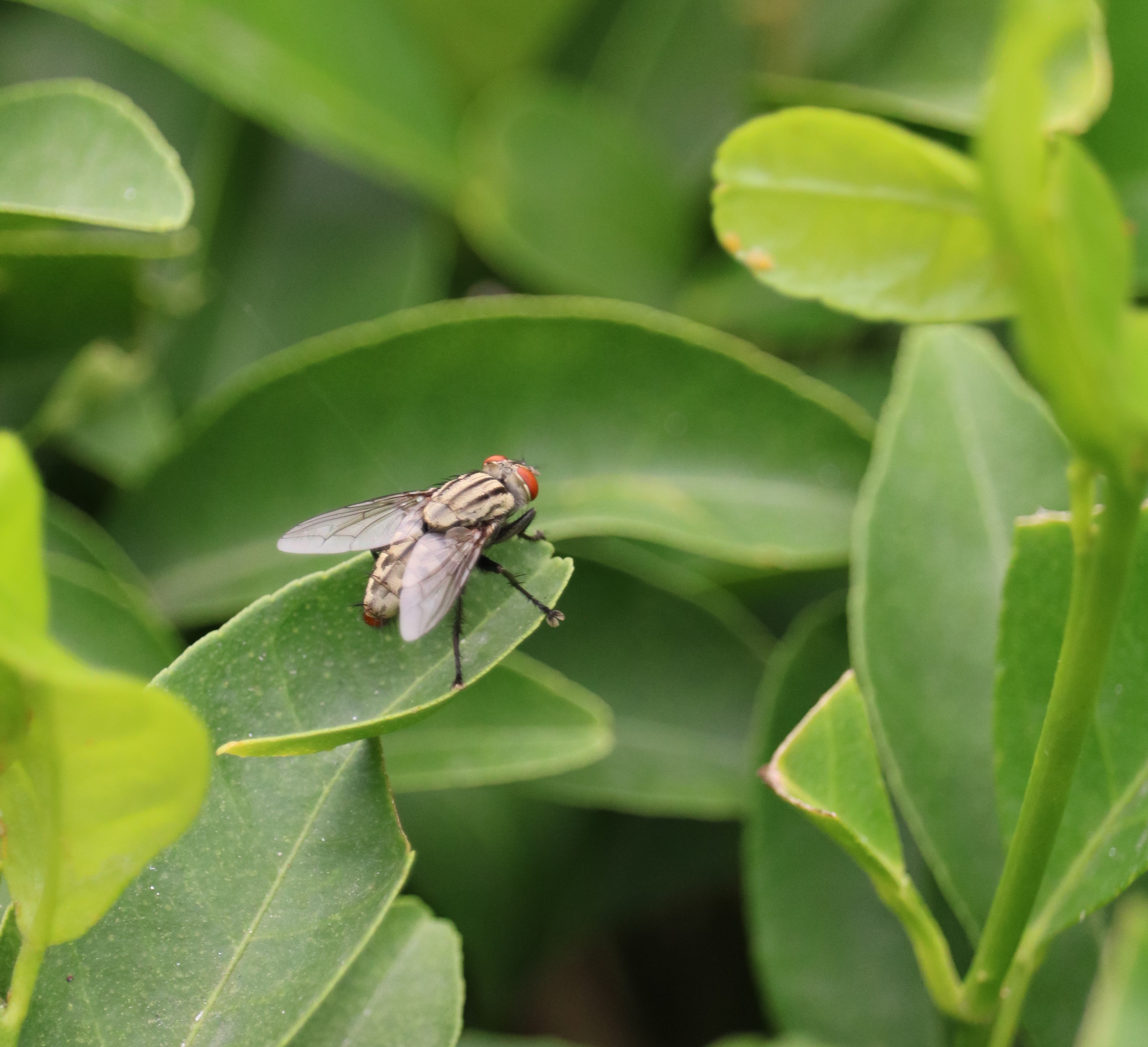Sarcopaga carnaria
Species
Families
Local Names
Genus
Native/Introduced
DNA Barcode
Description
Common flesh fly (Sarcophaga carnaria)
Flesh flies (Diptera: Sarcophagidae) are commonly found in warm tropical areas, although they do occur in places not suitable for most flies. They are closely associated with humans (synanthropic) and they have been known to enter houses to colonize cadavers (Pohjoismäki 2010). Like their name entails, these flies depend on live or dead tissue to complete their life cycle (Watson and Dallwitz 2003). This family of flies is attracted to many types of dead vertebrate remains, including humans (Nishida 1984). Of the 2,000 known species in this family, 327 are in the United States. Sarcophaga crassipalpis Macquart is commonly used in laboratories to study gene expression, diapause processes, and physiological processes (Lee and Denlinger 1985). It also has a significant impact in other areas of science including parasitology and forensic entomology.
Flesh flies commonly colonize human remains early in the decay process (Nishida 1984). Although they are not the predominant type of fly found in situations of forensic importance, they can be valuable evidence when present (Nishida 1984, Goff 1991). Sarcophagids are a very useful tool for the forensic entomologist, like many other insects, they can be used to estimate the time of colonization which can be used to infer a minimum postmortem interval (m-PMI) (Nishida 1984, Oliveira-Costa and Mello-Patiu 2004). Weather conditions and geographic location are key factors to consider when using insect evidence to estimate the m-PMI of a corpse as the variation associated with time of colonization after death is not completely understood at this time (Catts 1992).
This particular species of flesh fly is commonly thought of as the "lab rat," and therefore it is usually overlooked when dealing with issues of forensic entomology. Over the years scientists have conducted and documented countless experiments on S. crassipalpis. Most of these experiments were studies regarding diapause and physiological responses to environmental changes (temperature, light, and humidity changes) (Nishida 1984, Velasquez et al. 2010). The data accumulated regarding sarcophagid development under different environmental conditions are vast (Grassberger 2002) making flesh flies an effective tool to accurately calculate a postmortem interval range (Nishida, 1984, Goff 1991).









































































































































